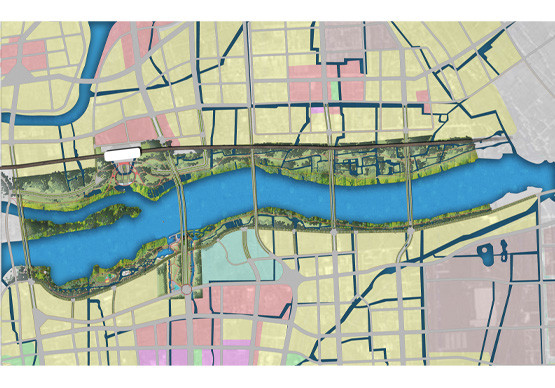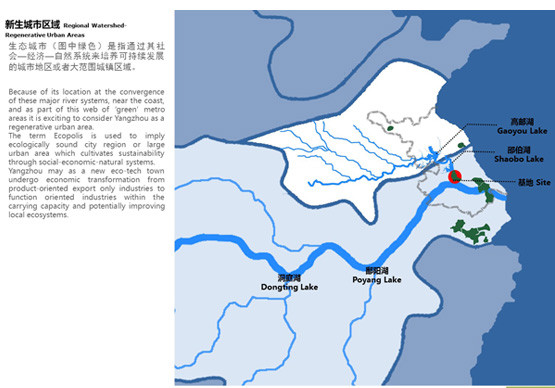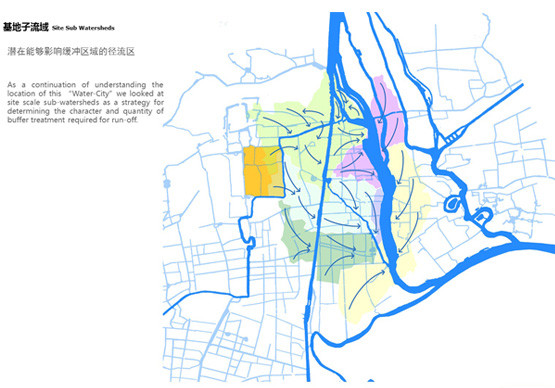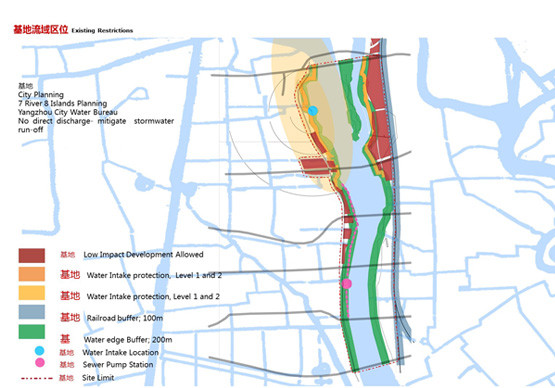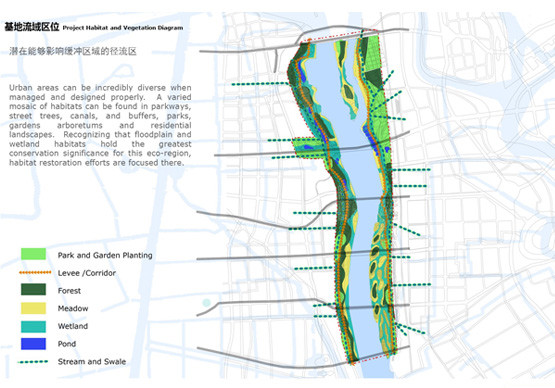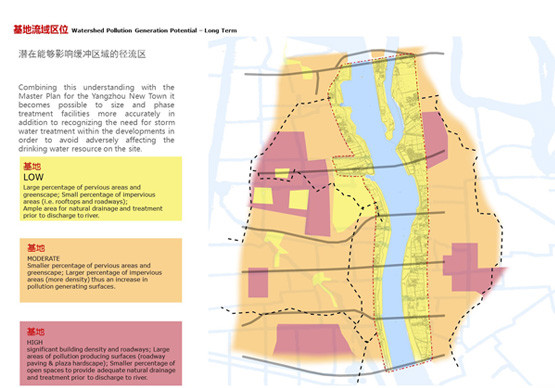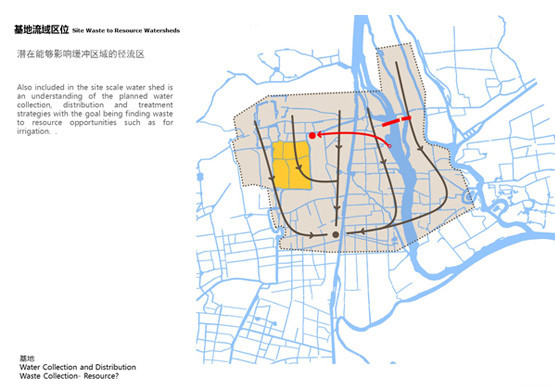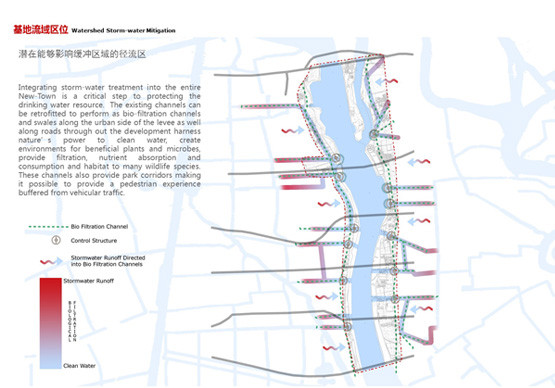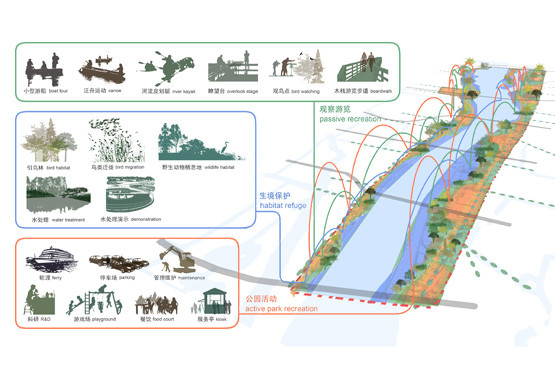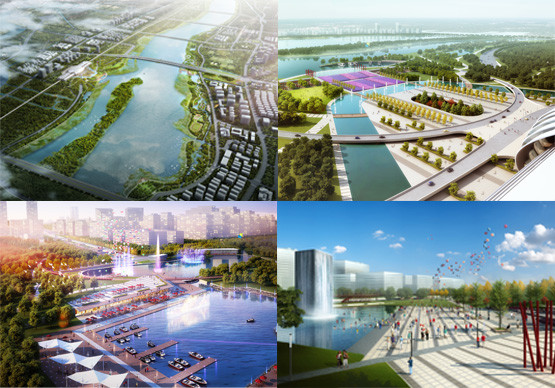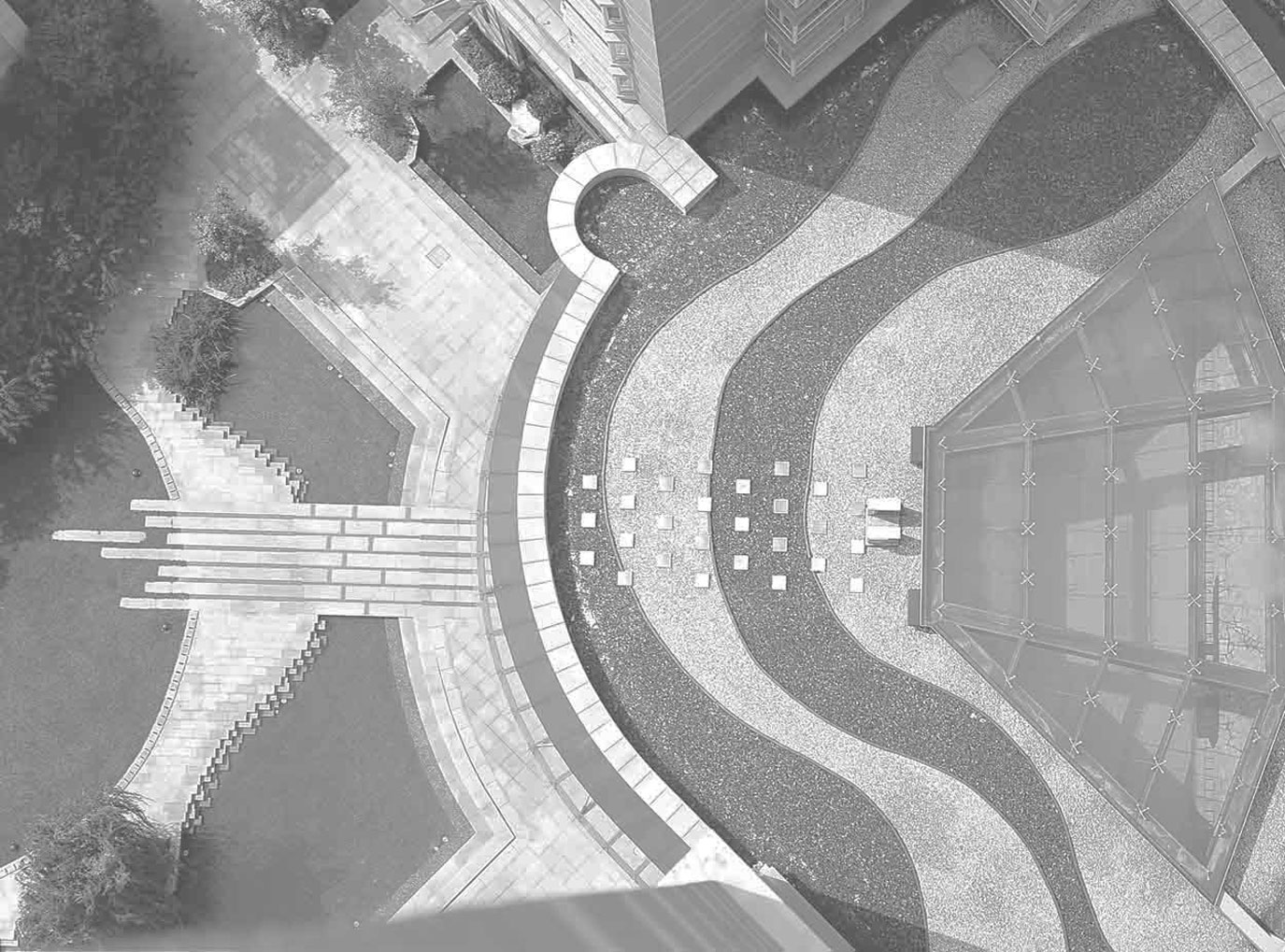
Project Name: YANGZHOU CENTRAL PARK – HABITAT CONFLUENCE
Location: Yangzhou, China. Yangtze and Huai Rivers, China
Client: Municipality of Taizhou Water Front Park West Section Control Center
Year Designed: 2014 - current
The Liaojiagou channel is located at the confluence of [the Yangtze and Huai River] watersheds, metropolises, and ecological regions. With over 2500 years of human history, the force of Yangzhou as an ecopolis, a regenerative city and the Liaojiagon Waterfront and Central Park as a link in the Jianghuai ecological corridor creates an excellent opportunity to explore the relationship of humans, development, land use, and ecology.
The confluence of forces on this site when managed properly can create a more varied, a more dynamic and diverse habitat; the kind of pulsing disturbance regime that aquatic and edge species respond to. Well-planned urban areas can become hotspots for biodiversity, a varied mosaic of habitats can be found in parkways, canals, street trees and buffers, Parks, community gardens, nursery’s, arboretums and residential landscapes. The confluence of forces on this site when managed properly can create a more varied, a more dynamic and diverse habitat; the kind of pulsing disturbance regime that aquatic and edge species respond to. The design goal is to create a viable ecosystem which would enable the 100s of 100s of species endemic to this area while also providing flood control, improving water quality, and connecting the people of a growing Yangzhou to urban nature.
The most optimistic growth scenarios can be reached with a four pronged approach, of economy, ecology, regional character and human experience. Yangzhou as a new eco- technology town, will undergo economic transformation from product oriented export only industries to function oriented industries that are within the caring capacity of the environment. These ecological services become specific such as re-establishing the seed bank for the evergreen and mixed forests of the Changjiang Plain pollinating the fruits, vegetables and flowers we consume form our markets and up-cycling nutrients that might otherwise become part of the urban waste stream. These processes support the regional character of Yangzhou and help sustain it as a “water city” through integrated flood conveyance, improved water quality and habitat that supports diversity and provides humans access to that ‘aha moment’, an opportunity to celebrate our inexorable connection to the whole.
